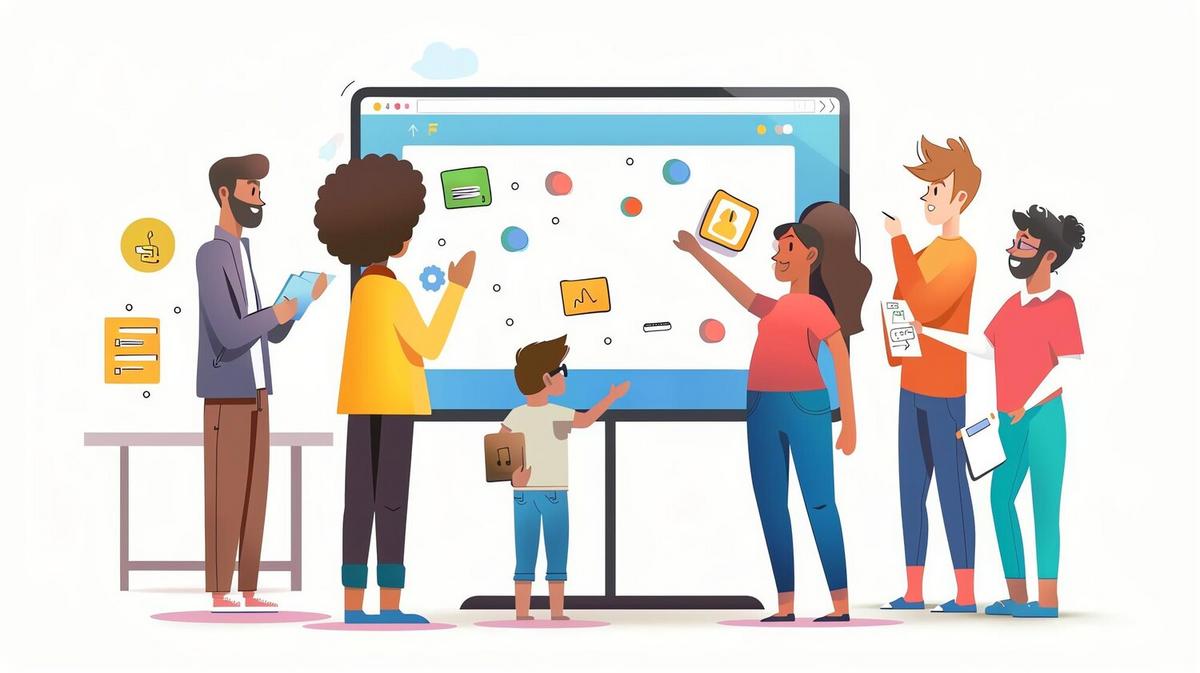
Exploring the Impact of Gamification in Digital Education
As the digital landscape evolves, educators are increasingly turning to innovative methods to enhance learning experiences. One such method gaining traction is gamification, a strategy that incorporates game-like elements into educational environments to boost engagement and motivation.
Gamification in digital education leverages the innate human love for games to create an engaging and interactive learning atmosphere. By introducing elements such as points, badges, leaderboards, and challenges, educators can transform traditional learning into a more dynamic experience.
The Power of Gamification
Research indicates that gamification can significantly enhance student engagement and motivation. A study by the University of Colorado found that students participating in gamified learning environments had higher retention rates and improved performance compared to those in traditional settings.
Expert Opinions
Dr. Karl Kapp, a renowned expert in the field of gamification, states, “Gamification taps into the psychological principles of motivation and behavioral change, making learning more engaging and effective.” This perspective is shared by many educators who see the value in integrating game mechanics into curricula.
Real-World Applications
Consider the experience of a middle school teacher who incorporated a points-based system in her history class. Students earned points for completing assignments, participating in discussions, and achieving high scores on quizzes. This approach not only increased participation but also fostered a healthy competitive spirit among students.
Benefits of Gamification
- Increased student engagement
- Enhanced motivation and participation
- Improved knowledge retention
- Encouragement of collaborative learning
Practical Tips for Implementing Gamification
Incorporating gamification doesn’t require a complete overhaul of your teaching methods. Begin with small changes, such as adding a leaderboard for classroom activities or awarding badges for completed modules.
Comparison Table of Gamification Elements
| Element | Description | Benefit |
|---|---|---|
| Points | Earned for completing tasks | Motivates through rewards |
| Badges | Awarded for achievements | Recognizes accomplishments |
| Leaderboards | Ranks participants | Encourages competition |
| Challenges | Tasks to overcome | Promotes critical thinking |
| Quizzes | Interactive assessments | Enhances learning |
| Levels | Progression milestones | Shows growth |
| Avatars | Personalized characters | Increases engagement |
| Storylines | Narrative elements | Fosters creativity |
Conclusion
Gamification in digital education is not just a trend but a transformative tool that can redefine how students learn. By engaging learners through interactive and rewarding experiences, educators can foster a more effective and enjoyable learning environment. As technology continues to evolve, integrating gamification into online learning platforms may become a staple in educational strategies.
Frequently Asked Questions
How does gamification improve learning outcomes?
Gamification enhances motivation and engagement, leading to better retention and understanding of material.
Is gamification suitable for all age groups?
Yes, gamification can be adapted to suit different age groups and learning levels, making it a versatile tool.
What are some easy ways to start with gamification?
Begin by integrating simple elements like quizzes or badges in your teaching methods to gradually familiarize students with the concept.


